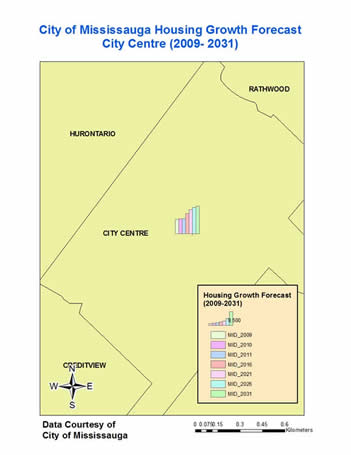This data resource was downloaded from the City of MIssissauga Open Data Catalogue .

http://www.lib.uwaterloo.ca/locations/umd/digital/CityofMississauga.html
Visit this page often to find out what's happening at the Geospatial Centre, Dana Porter Library. This page provides you with the latest in acquisitions, guides, workshops as well as related external cartographic and GIS information. This page is updated frequently.


 The Map Library has recently received from Land Information Ontario the Ontario Radar Digital Surface Model (DSM), created by using spaceborne C-Band Interferometric Synthetic Aperture Radar (IFSAR) data. The current provincial digital elevation models cover only the southern half of Ontario with little for North Boreal or Lowland coverage. This Radar DSM will fill in the provincial elevation data gap and extends north from 49 degree latitude north..
The Map Library has recently received from Land Information Ontario the Ontario Radar Digital Surface Model (DSM), created by using spaceborne C-Band Interferometric Synthetic Aperture Radar (IFSAR) data. The current provincial digital elevation models cover only the southern half of Ontario with little for North Boreal or Lowland coverage. This Radar DSM will fill in the provincial elevation data gap and extends north from 49 degree latitude north.. Scholars GeoPortal is a geospatial data discovery tool allowing Ontario’s university students and researchers to enrich their teaching and research by engaging with OCUL’s growing collection of geospatial data. The portal offers search, preview, query, download and sharing functionality for datasets licensed by Ontario university libraries, covering such topics as land use, transportation networks, census boundaries, geology, soils, points of interest (such as healthcare facilities, schools, and airports), air photos, and more.
Scholars GeoPortal is a geospatial data discovery tool allowing Ontario’s university students and researchers to enrich their teaching and research by engaging with OCUL’s growing collection of geospatial data. The portal offers search, preview, query, download and sharing functionality for datasets licensed by Ontario university libraries, covering such topics as land use, transportation networks, census boundaries, geology, soils, points of interest (such as healthcare facilities, schools, and airports), air photos, and more.